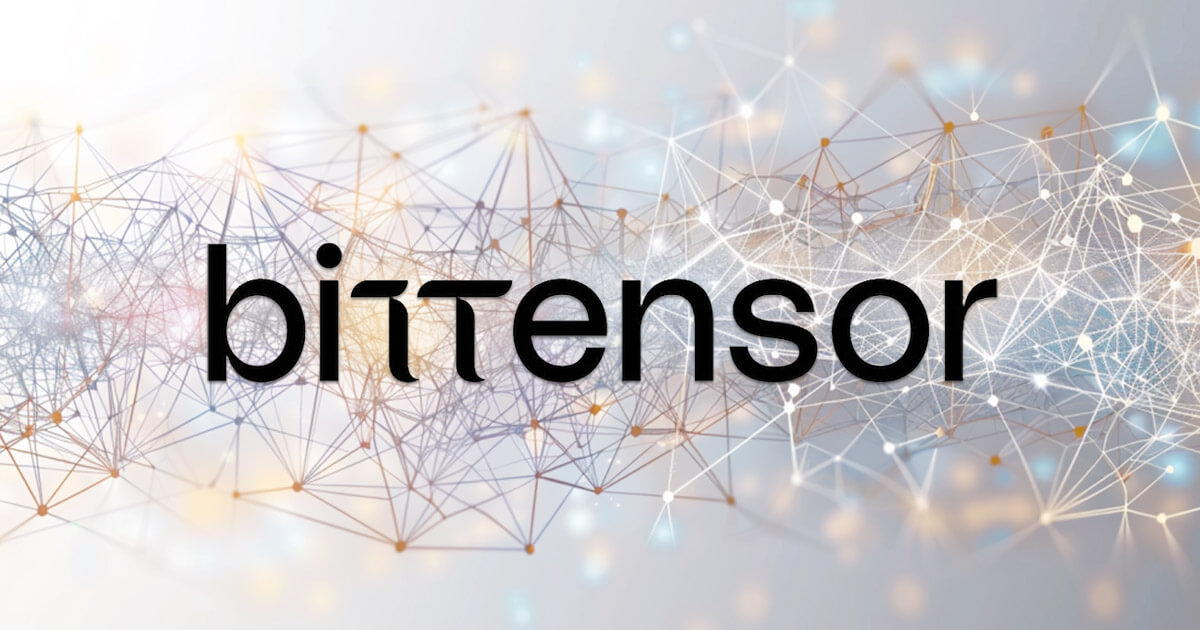Why Infrastructure Matters on Bittensor
Bittensor is pushing the boundaries of decentralized machine learning—and if you’re operating a validator or subnet miner, your infrastructure is everything. Slower nodes lose out on TAO. Unreliable uptime? You’re out of the consensus loop. The bottom line: if you’re serious about earning on Bittensor, your compute stack needs to be purpose-built for performance and reliability.
At ionstream.ai, we’ve helped some of the most active contributors in the TAO ecosystem get up and running fast—with bare metal access to NVIDIA’s most powerful GPUs, enterprise-grade networking, and infrastructure that scales with your workload. Whether you’re validating or mining, here’s your essential infrastructure checklist.
1. CPU vs GPU: What Actually Matters
A common mistake? Assuming CPUs are enough. While certain lightweight operations can run on general-purpose CPUs, Bittensor’s subnet workloads—particularly those handling inference or training—demand accelerated compute.
That means GPUs, and not just any GPUs. You need hardware built for machine learning at scale.
Recommended:
NVIDIA H200 or B200
- These GPUs offer up to 192GB of HBM3e memory, FP8 support, and best-in-class throughput for both training and inference tasks.
- H200 and B200 chips are ideal for large language model workloads, which dominate many Bittensor subnets.
Why it matters:
Faster inference = lower latency responses = higher weights in subnet consensus. Falling behind on speed means you lose visibility and rewards.
2. System Specs that Actually Perform
Don’t just throw together a generic box. Every layer of your setup contributes to your earning potential. Here’s what top-performing Bittensor nodes are running on ionstream.ai:
- RAM: At least 256GB of system memory recommended, with many validators and miners seeing better performance at 512GB+ based on model size and workload concurrency.
- Storage: Use NVMe SSDs for fast, low-latency I/O—avoid spinning disks or slow cloud volumes.
- Network: 10Gbps unmetered bandwidth per node is essential for real-time P2P sync and responsive model serving.
With ionstream:
All B200 and H200 deployments come with dedicated 10Gbps networking, high-speed NVMe storage, and custom tuning for ML workloads. No noisy neighbors. No virtualized bottlenecks.
3. Cost Optimization Without Sacrificing Performance
Running high-end GPUs isn’t cheap—but it doesn’t have to lock you into long-term commitments either.
With ionstream, you get:
- Hourly or monthly pricing: Scale up or down as TAO rewards shift.
- No capex: Skip the six-figure hardware investment and deploy bare metal in seconds.
- Fast provisioning: Get capacity when you need it—no waitlists, no backorders.
And when the network shifts or your workload changes? Just redeploy. We’ve seen top teams run validators during high-incentive periods, spin down after reweights, and reactivate seamlessly—all through our web UI, CLI, or API.
4. Reliability that Doesn’t Get You Slashed
In the Bittensor network, downtime can be fatal. Validators who miss consensus steps get penalized. Miners who fail health checks drop off the leaderboard.
That’s why ionstream infrastructure is built for resilience:
- 99.9% uptime SLA
- Automated job restarts if your process crashes
- Real-time monitoring of GPU health, temperature, and memory usage
- 24/7 support from real engineers who understand ML infrastructure—not generic support bots
No more babysitting servers or scrambling after a reboot. Your node stays online and competitive.
Get Started Today
Your compute shouldn’t be a bottleneck. If you’re building on Bittensor—whether as a validator ensuring subnet integrity or a miner training the next generation of decentralized models—you need infrastructure that moves as fast as you do.
With ionstream, you can:
- Deploy NVIDIA B200 or H200 servers fast
- Operate on high-speed, unmetered networks
- Avoid costly hardware purchases and contracts
- Get full control via CLI, API, or GUI
Launch your Bittensor node on the infrastructure trusted by top AI teams.
